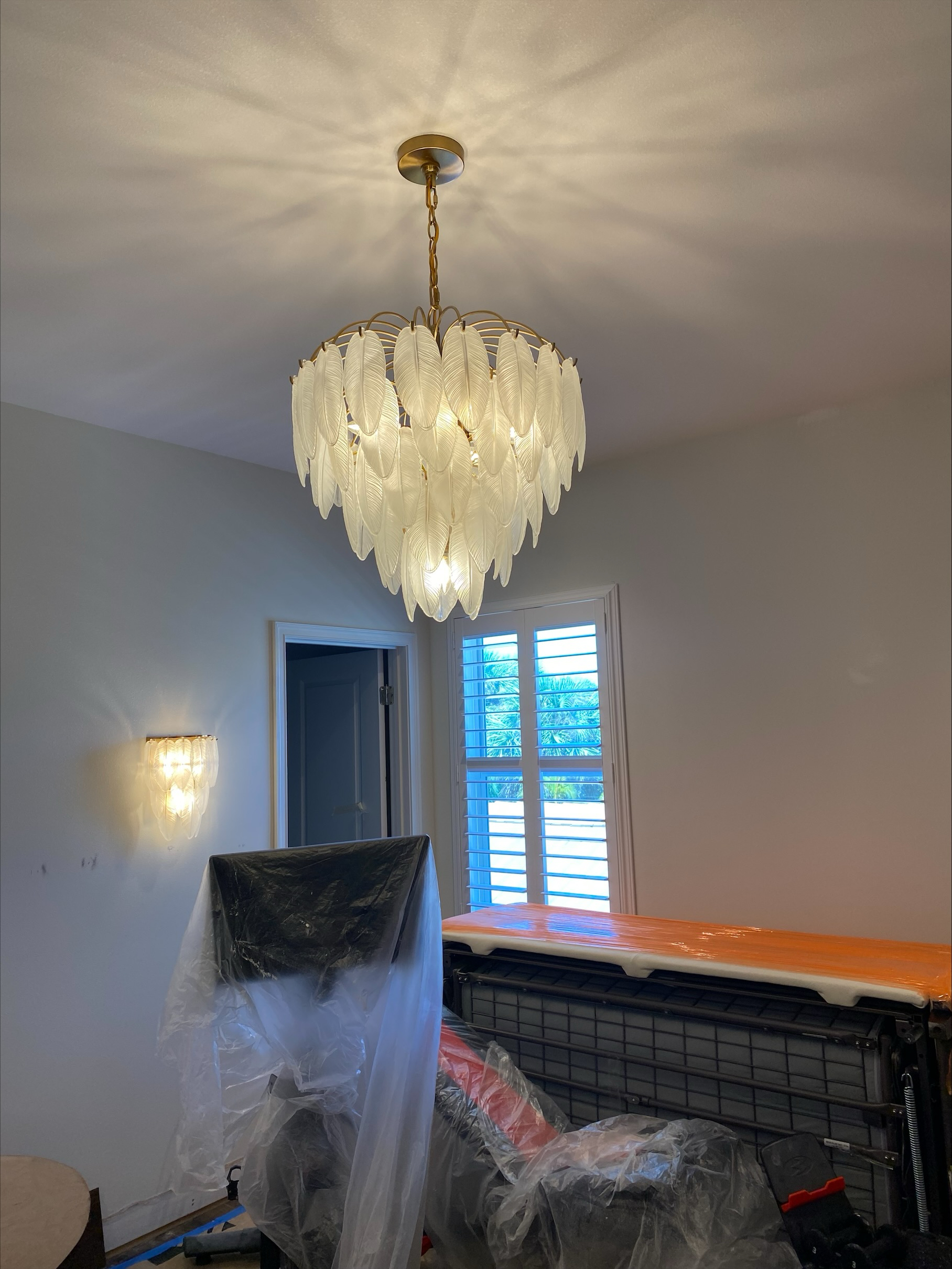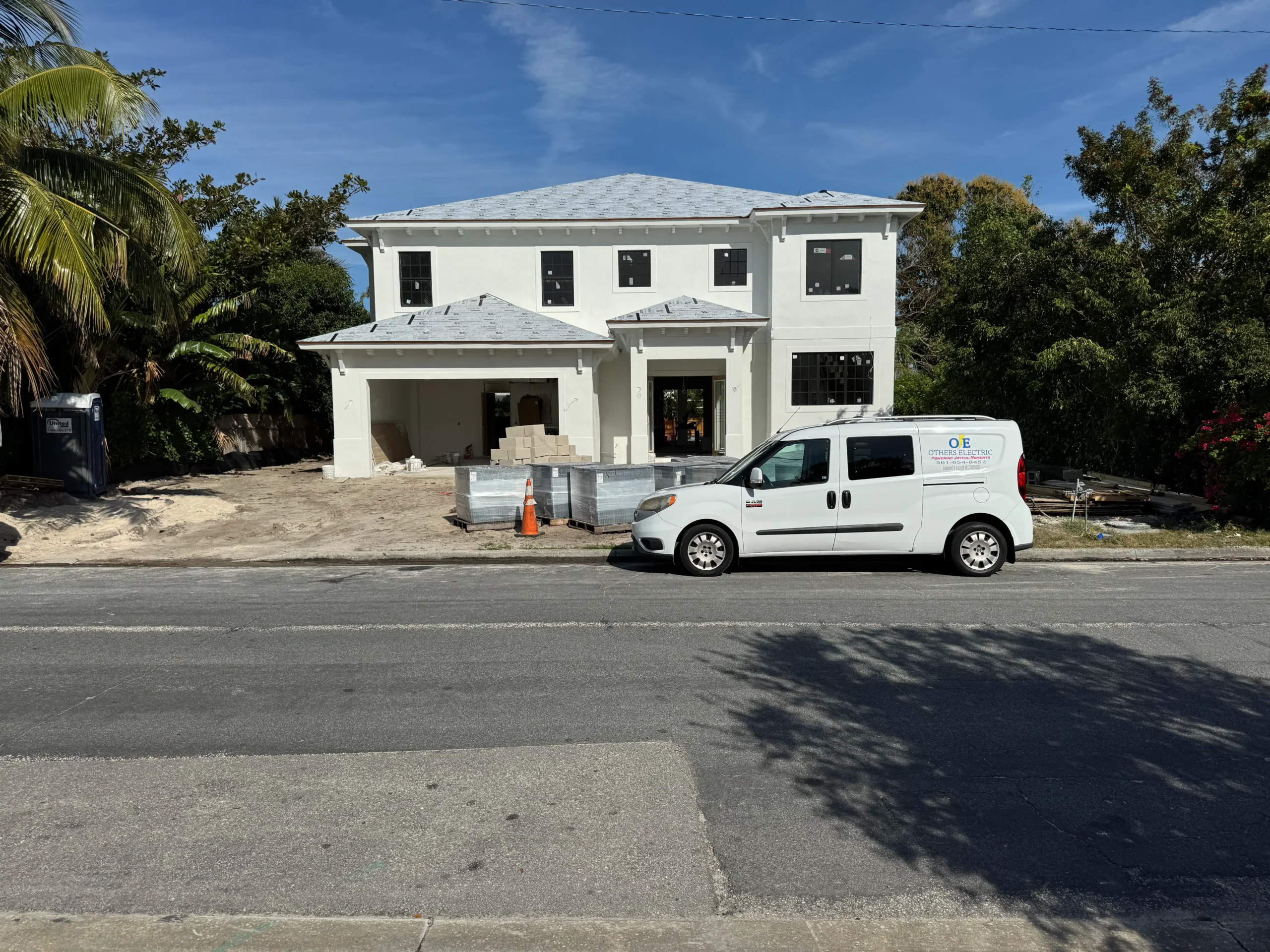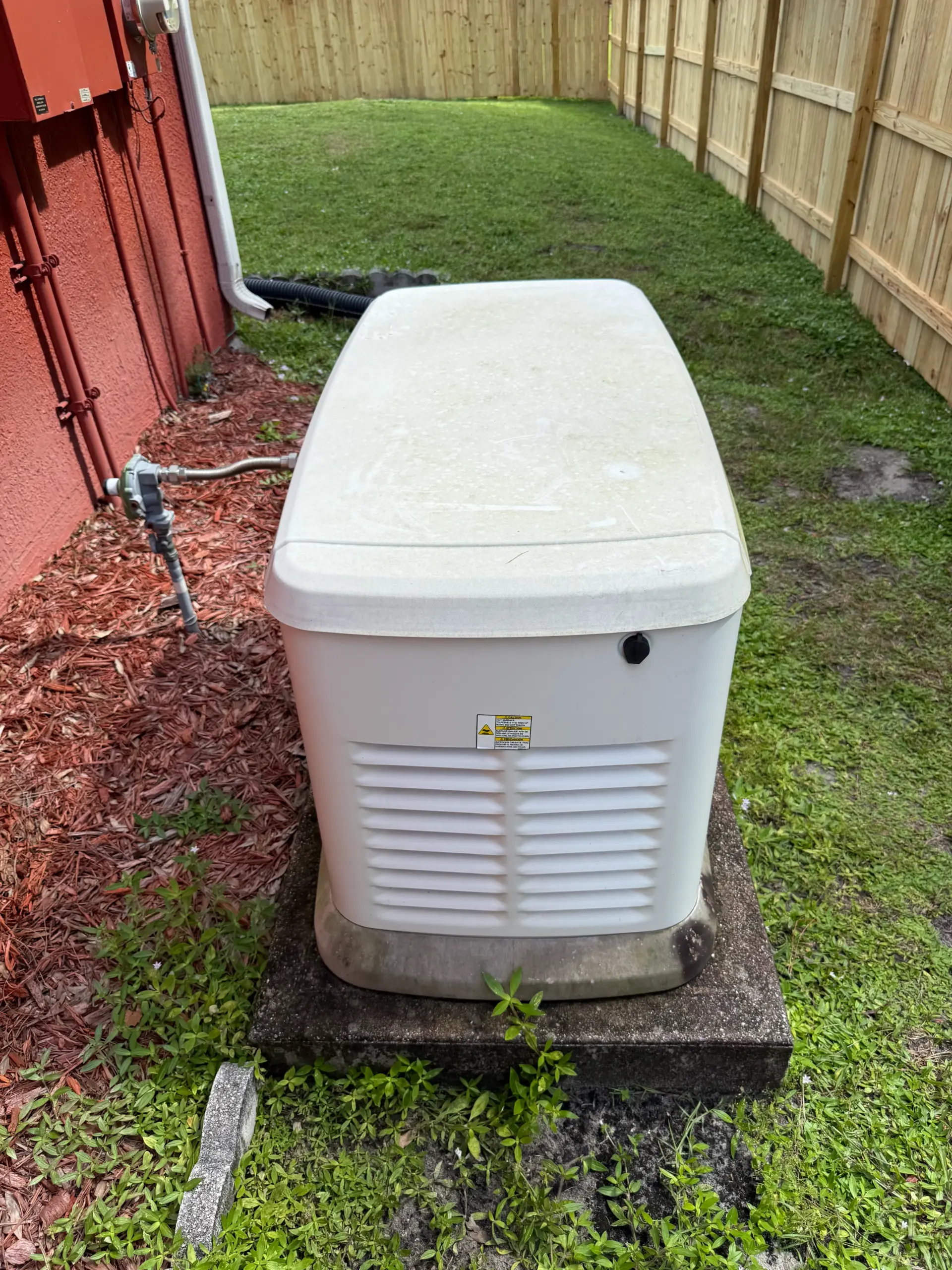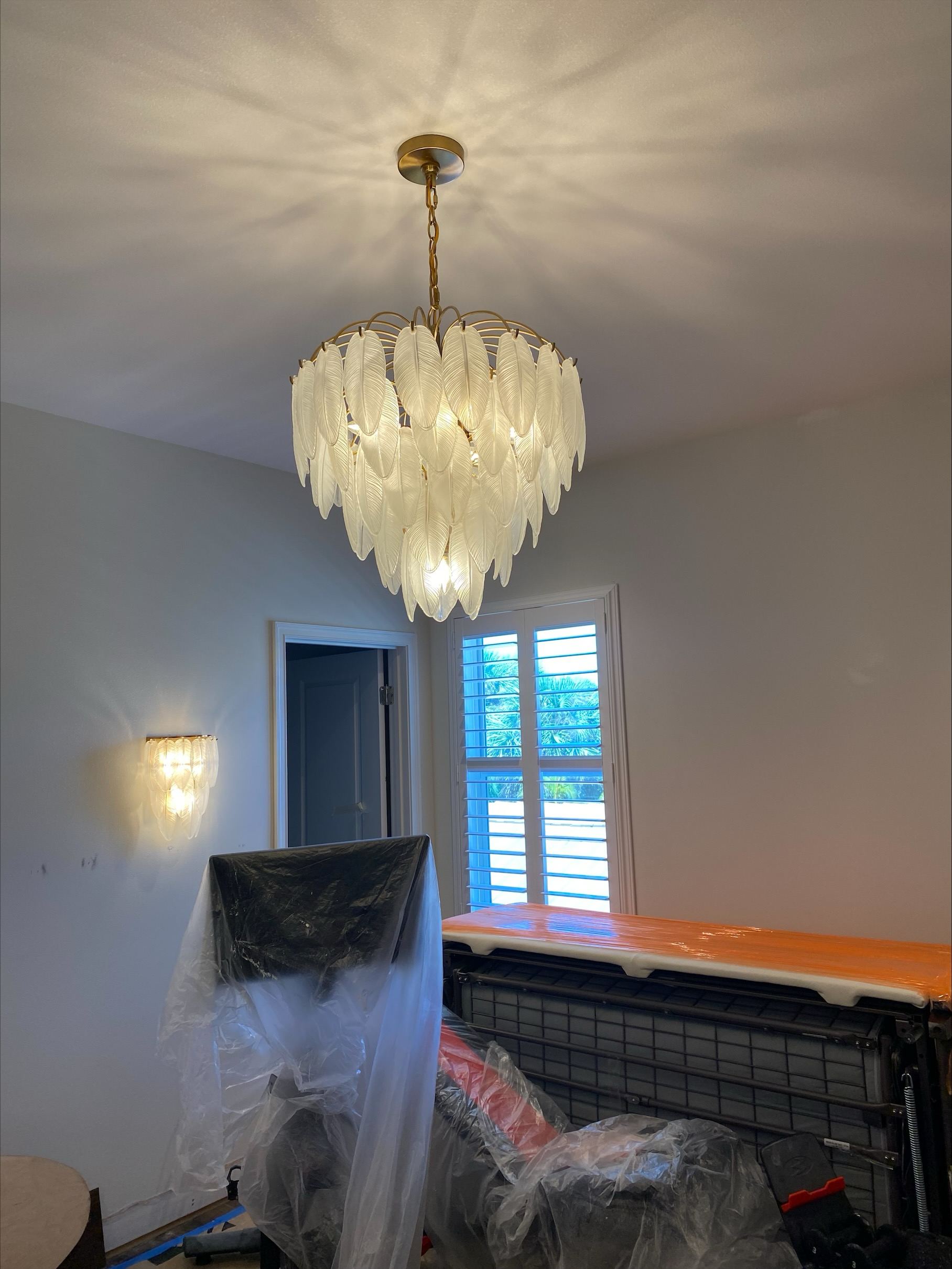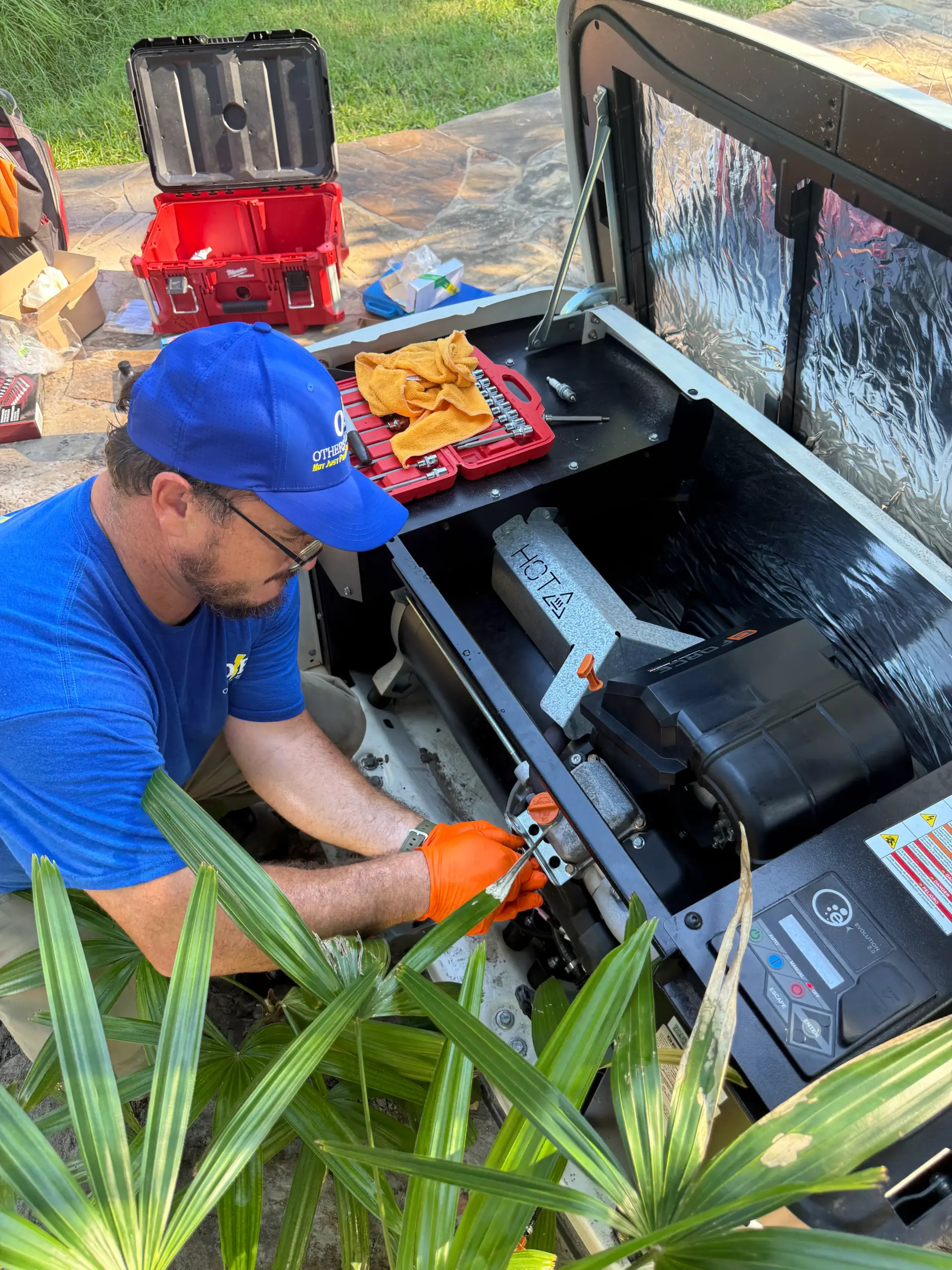Power strips are a staple in most Florida households—tucked behind entertainment centers, under desks, or in the corner of a busy kitchen. But as convenient as they are, many homeowners ask: are power strips safe? The answer depends entirely on how they are used. While power strips offer flexibility and convenience, misuse can turn them into fire hazards. In this article, we’ll break down what makes power strips safe or unsafe, what to avoid, and how to use them correctly to protect your electronics and your home.
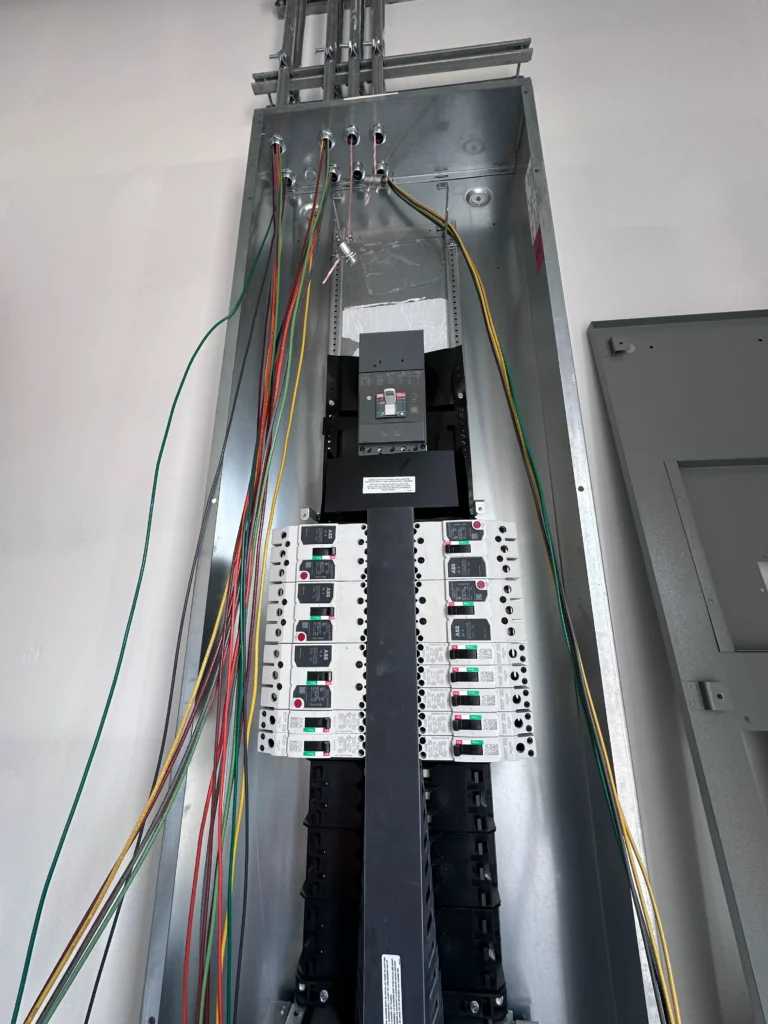
What is a Power Strip?
A power strip is a device that provides multiple electrical outlets from a single wall socket. It’s commonly used in homes and offices to expand the number of devices that can be powered from a single source. Some power strips are very basic, offering nothing more than outlet expansion, while others include safety features such as circuit breakers, surge protection, and USB ports.
Not all power strips are created equal. Some are designed for low-wattage devices like chargers and lamps, while others are rated for heavier equipment. Understanding the capabilities and limitations of your power strip is essential for safe use.
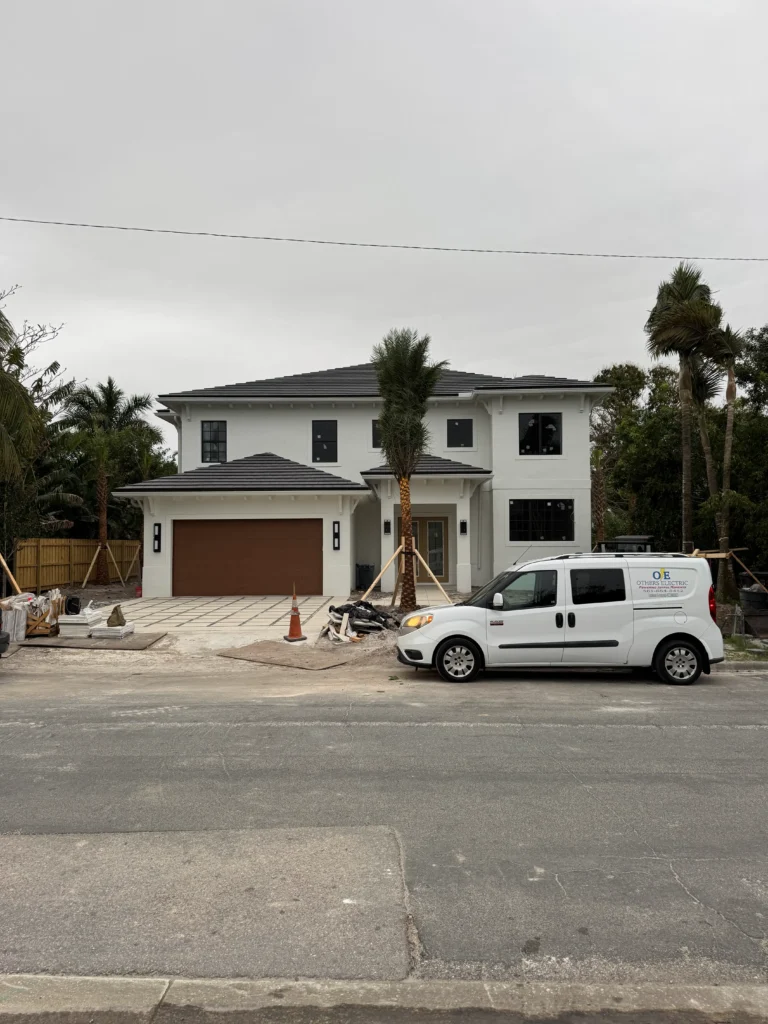
The Biggest Safety Risks of Power Strips
Power strips can be hazardous when misused. Overloading is the most common issue—plugging in too many high-wattage devices can cause overheating, melting, or even electrical fires. Kitchen appliances, space heaters, or hairdryers should never be used with standard power strips.
Another major risk involves daisy-chaining—plugging multiple power strips into each other to increase the number of outlets. This practice greatly increases the risk of overloading the circuit and is considered a code violation.
Placement also plays a role in safety. Power strips placed under rugs or behind furniture can trap heat and prevent ventilation. Damaged, frayed cords or cracked casings are other common hazards.
According to the Electrical Safety Foundation International (ESFI), power strips are involved in more than 3,300 home fires each year in the U.S., with many of those linked to misuse or low-quality products.
How to Use Power Strips Safely
To properly answer “are power strips safe,” it’s important to follow basic safety principles. First, always use strips for light-duty electronics, such as televisions, computers, or lamps. Avoid plugging in refrigerators, microwaves, space heaters, or air conditioners.
Choose power strips that include surge protection and that are UL (Underwriters Laboratories) or ETL certified. These certifications indicate that the product meets nationally recognized safety standards.
Keep your power strips well-ventilated, out in the open, and never run cords under carpets or furniture. Make sure they have built-in reset switches or indicator lights to help identify overload or failure. Replace power strips every few years or immediately if there are signs of wear, such as flickering lights or a hot plug.
When Power Strips Are Not Enough
For households with many high-demand devices or with growing smart home needs, power strips might be a temporary solution but not a long-term one. A surge protector or an uninterruptible power supply (UPS) offers more comprehensive defense by regulating voltage and providing backup power during outages.
In fact, Florida homes—especially those impacted by severe weather and frequent lightning—are better served by whole-home surge protection systems. These are installed directly at the electrical panel by a licensed electrician and provide layered defense against voltage spikes.
At Others Electric, we offer surge protection solutions and safe outlet expansions tailored to Florida homes. This includes hard-wired installations that are more reliable and safe than portable strips.
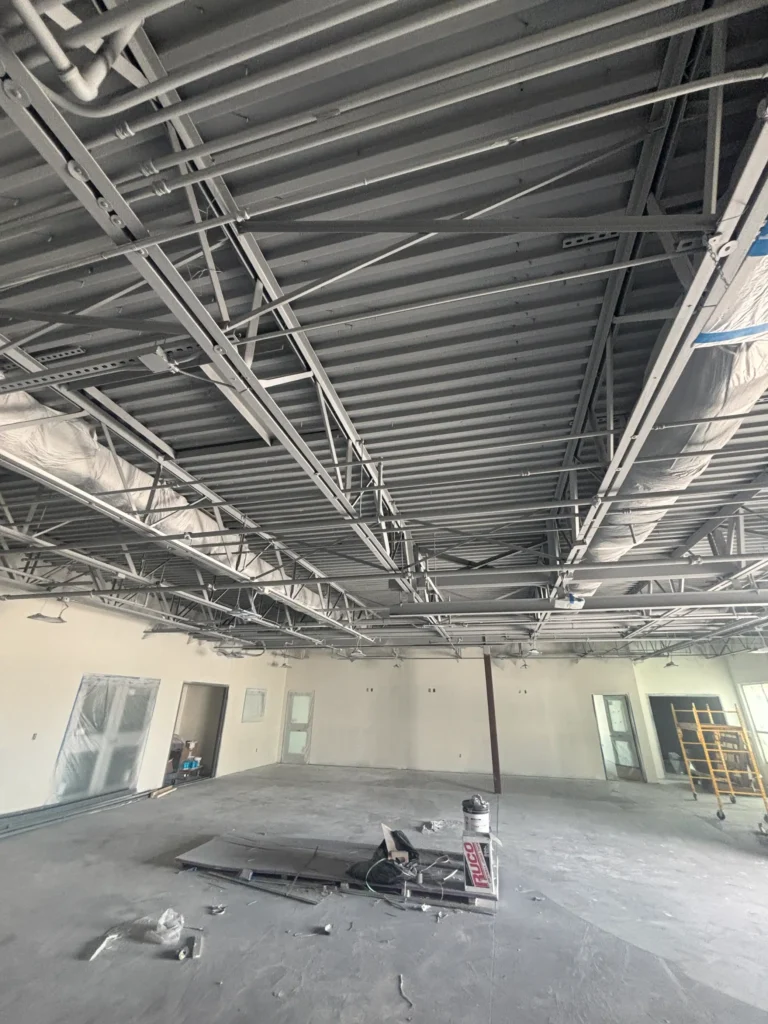
Florida’s Elevated Electrical Risks
Florida’s climate makes it especially vulnerable to electrical hazards. With more lightning strikes per square mile than any other state, the chances of experiencing power surges are significantly higher. These environmental risks mean that using the wrong type of power strip—or using one incorrectly—can result in serious damage.
The National Fire Protection Association (NFPA) emphasizes that power strips should be used only as temporary solutions, not as permanent wiring. Moreover, homes in storm-prone areas should invest in weather-resistant electrical systems and devices designed to handle voltage fluctuations.
Recognizing Quality Power Strips
To make sure you’re using a safe power strip, look for features like:
- UL or ETL certification labels
- Resettable circuit breakers
- Surge protection with joule rating above 1,000
- Heavy-duty construction and grounded plugs
- Indicator lights to show protection status
Avoid power strips from unknown manufacturers or budget options without safety labeling. Also, stay clear of any strip that lacks a three-prong plug, as grounding is essential for protection.
Tips for Long-Term Electrical Safety
If you find yourself frequently relying on power strips, it may be time to evaluate your home’s overall electrical system. You might need more dedicated outlets or additional circuits, especially in rooms like kitchens, home offices, or workshops.
Licensed electricians can install GFCI or AFCI outlets, provide additional wall outlets, and upgrade your service panel if needed. Others Electric works with Florida homeowners to ensure their homes are wired safely, up to code, and capable of handling modern demands.
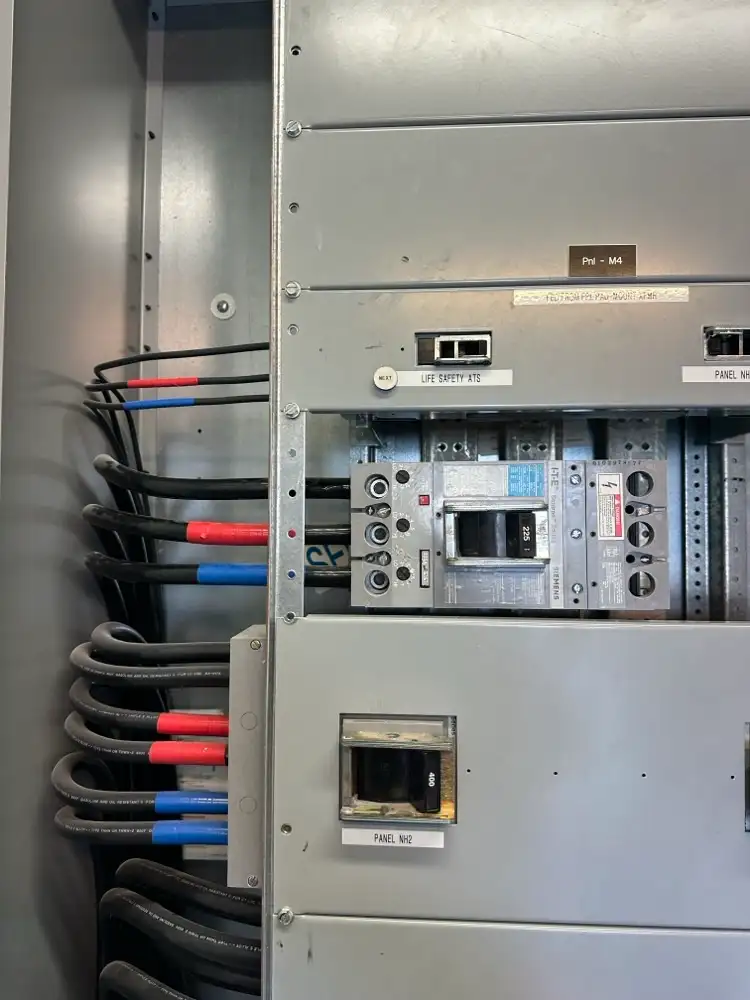
Conclusion
So, are power strips safe? The answer is yes—when used correctly and within their intended limits. They offer convenience for powering multiple low-wattage devices, but they’re not a substitute for permanent wiring, surge protection, or good electrical design.
Understanding how to choose and use power strips safely can prevent electrical fires, protect your electronics, and give you peace of mind. When in doubt, consult a professional.
To upgrade your home’s electrical safety or install permanent power solutions, contact Others Electric. For more safety guidelines and recommendations, visit ESFI and NFPA.


